Aztlan27 - My Brain Is Empty

More Posts from Aztlan27 and Others


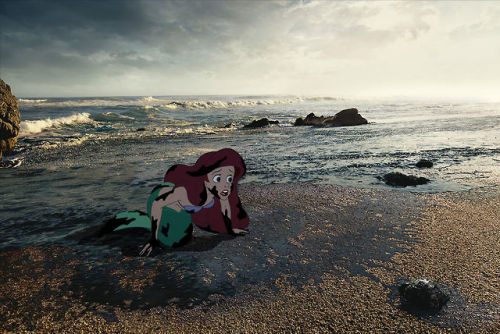

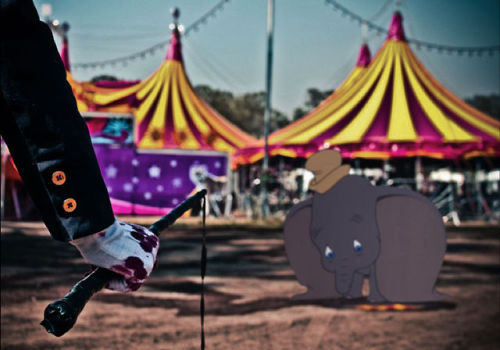
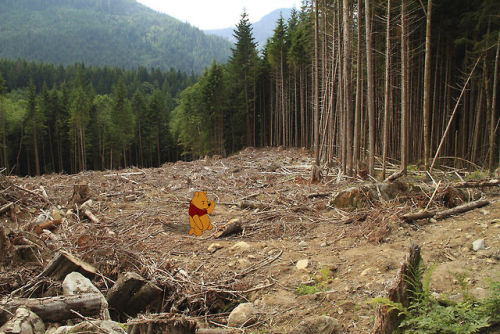
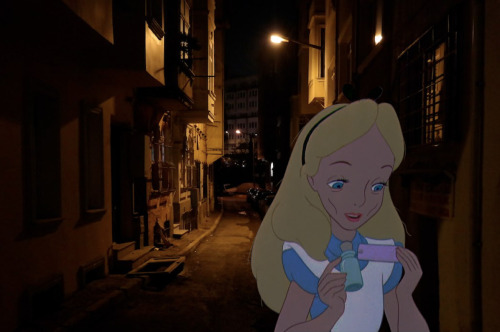

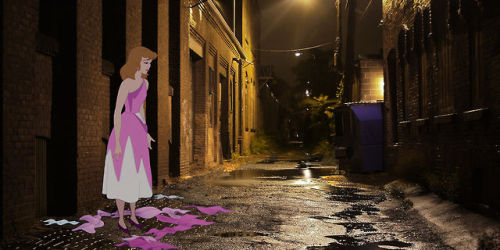

Jeff Hong - “Unhappily ever after”

Even with the slight haze of the evening clouds. This is probably the clearest of my lunar shots thus far. #lunartic #craters #nightsky #celestial #canon #celestron #5SEtelescope https://www.instagram.com/p/BnDjyiTDQp3/?utm_source=ig_tumblr_share&igshid=1hwgz4r3whhct

A few shots of the beach and people in San Simeon area. #california #highway1 #centralcoast #centralcoastlife #californiathroughmylens #visitcalifornia #wildcalifornia #californialove #earthlandscape #landscape #landscapephotography #canonfanphoto #nature #nature #beautifuldestinations (at San Simeon, California) https://www.instagram.com/p/BtQOHOEAi5O/?utm_source=ig_tumblr_share&igshid=m8yh622gwwjp
Took Scraps for a bath, unlike most dogs he loves it. #myboy #amstaff #pitchiweenie
Find someone who will love your soul more than your body.
(via lilienxn)

Flying somewhere over northern California heading to @flylaxairport I was hoping to catch the setting sun. I'll settle for this shot. #sunset #clouds #airplane #windowseat #wing #southwestairlines #horizon #troposphere #stratosphere #mesosphere #orange #blue #black #sky #canonrebel #nofilter
All Eyes on the Sky for the August 21 Total Solar Eclipse
Just two months from now, the moon will completely block the sun’s face, treating part of the US to a total solar eclipse.

Everyone in North America will have the chance to see an eclipse of some kind if skies are clear. Anyone within a 70-mile-wide swath of land — called the path of totality — that stretches from Oregon to South Carolina will have the chance to see a total eclipse.

Throughout the rest of the continent, including all 50 United States — and even in parts of South America, Africa, Europe, and Asia — the moon will partially obscure the sun, creating a partial eclipse.

Photo credit: NASA/Cruikshank
An eclipse is one of nature’s most awesome sights, but safety comes first! When any part of the sun’s surface is exposed, use proper eclipse glasses (not sunglasses) or an indirect viewing method, like a pinhole projector. In the path of totality, it’s safe to look directly at the eclipse ONLY during the brief moments of totality.

During a solar eclipse, the moon passes between the sun and Earth, casting a shadow down on Earth’s surface. We’ve been studying the moon with NASA’s Lunar Reconnaissance Orbiter, and its precise mapping helped NASA build the most accurate eclipse map to date.

During a total solar eclipse, the moon blocks out the sun’s bright face, revealing the otherwise hidden solar atmosphere, called the corona. The corona is one of the sun’s most interesting regions — key to understanding the root of space weather events that shape Earth’s space environment, and mysteries such as why the sun’s atmosphere is so much hotter than its surface far below.

This is the first time in nearly 100 years that a solar eclipse has crossed the United States from coast to coast. We’re taking advantage of this long eclipse path by collecting data that’s not usually accessible — including studying the solar corona, testing new corona-observing instruments, and tracking how our planet’s atmosphere, plants, and animals respond to the sudden loss of light and heat from the sun.
We’ll be studying the eclipse from the ground, from airplanes, with research balloons, and of course, from space.
Three of our sun-watchers — the Solar Dynamics Observatory, IRIS, and Hinode, a joint mission led by JAXA — will see a partial eclipse from space. Several of our Earth-observing satellites will use the eclipse to study Earth under uncommon conditions. For example, both Terra and DSCOVR, a joint mission led by NOAA, will capture images of the moon’s shadow from space. Our Lunar Reconnaissance Orbiter will also turn its instruments to face Earth and attempt to track the moon’s shadow as it moves across the planet.

There’s just two months to go until August 21, so make your plans now for the big day! No matter where you are, you can follow the eclipse as it crosses the country with live footage from NASA TV.
Learn more about the upcoming total solar eclipse — including where, when, and how to safely experience it — at eclipse2017.nasa.gov and follow along on Twitter @NASASun.
Make sure to follow us on Tumblr for your regular dose of space: http://nasa.tumblr.com
When we think about travelling back in time we are afraid of actions that might have major impact on the present but we refuse to believe that our actions in the present can have major impact on our future.
-
 nessieac liked this · 2 years ago
nessieac liked this · 2 years ago -
 wessnewday reblogged this · 7 years ago
wessnewday reblogged this · 7 years ago -
 collapsing-presence reblogged this · 7 years ago
collapsing-presence reblogged this · 7 years ago -
 malibu-92 liked this · 7 years ago
malibu-92 liked this · 7 years ago -
 megansknees reblogged this · 7 years ago
megansknees reblogged this · 7 years ago -
 silvercatwonderland reblogged this · 8 years ago
silvercatwonderland reblogged this · 8 years ago -
 thewisestmanunderstands liked this · 8 years ago
thewisestmanunderstands liked this · 8 years ago -
 putamvdre liked this · 8 years ago
putamvdre liked this · 8 years ago -
 purple-haze09 reblogged this · 8 years ago
purple-haze09 reblogged this · 8 years ago -
 spookshowbabey reblogged this · 8 years ago
spookshowbabey reblogged this · 8 years ago -
 supermsmoon liked this · 8 years ago
supermsmoon liked this · 8 years ago -
 backwardabyss liked this · 8 years ago
backwardabyss liked this · 8 years ago -
 paratoxicalfeeling reblogged this · 8 years ago
paratoxicalfeeling reblogged this · 8 years ago -
 thatnigga-el reblogged this · 8 years ago
thatnigga-el reblogged this · 8 years ago -
 dreamy-flow reblogged this · 8 years ago
dreamy-flow reblogged this · 8 years ago -
 lacrimalacrimalacrima liked this · 8 years ago
lacrimalacrimalacrima liked this · 8 years ago -
 dernier-printemps reblogged this · 8 years ago
dernier-printemps reblogged this · 8 years ago -
 cosmicorvid liked this · 8 years ago
cosmicorvid liked this · 8 years ago -
 friggin-angels liked this · 8 years ago
friggin-angels liked this · 8 years ago -
 harryandthemoon-blog reblogged this · 8 years ago
harryandthemoon-blog reblogged this · 8 years ago -
 hilariousmysterious reblogged this · 8 years ago
hilariousmysterious reblogged this · 8 years ago -
 miracles-take-some-time reblogged this · 8 years ago
miracles-take-some-time reblogged this · 8 years ago -
 miracles-take-some-time liked this · 8 years ago
miracles-take-some-time liked this · 8 years ago -
 toxicthinking-filthyliving reblogged this · 8 years ago
toxicthinking-filthyliving reblogged this · 8 years ago -
 kovoxorod reblogged this · 8 years ago
kovoxorod reblogged this · 8 years ago -
 mariyahkaye reblogged this · 8 years ago
mariyahkaye reblogged this · 8 years ago -
 slave-to-capitalism liked this · 8 years ago
slave-to-capitalism liked this · 8 years ago -
 juliettexox reblogged this · 8 years ago
juliettexox reblogged this · 8 years ago -
 obeythisskid reblogged this · 8 years ago
obeythisskid reblogged this · 8 years ago -
 obeytheunknown reblogged this · 8 years ago
obeytheunknown reblogged this · 8 years ago -
 notoriousale reblogged this · 8 years ago
notoriousale reblogged this · 8 years ago -
 notoriousale liked this · 8 years ago
notoriousale liked this · 8 years ago -
 icyred23 reblogged this · 8 years ago
icyred23 reblogged this · 8 years ago -
 weirdmemories liked this · 8 years ago
weirdmemories liked this · 8 years ago

